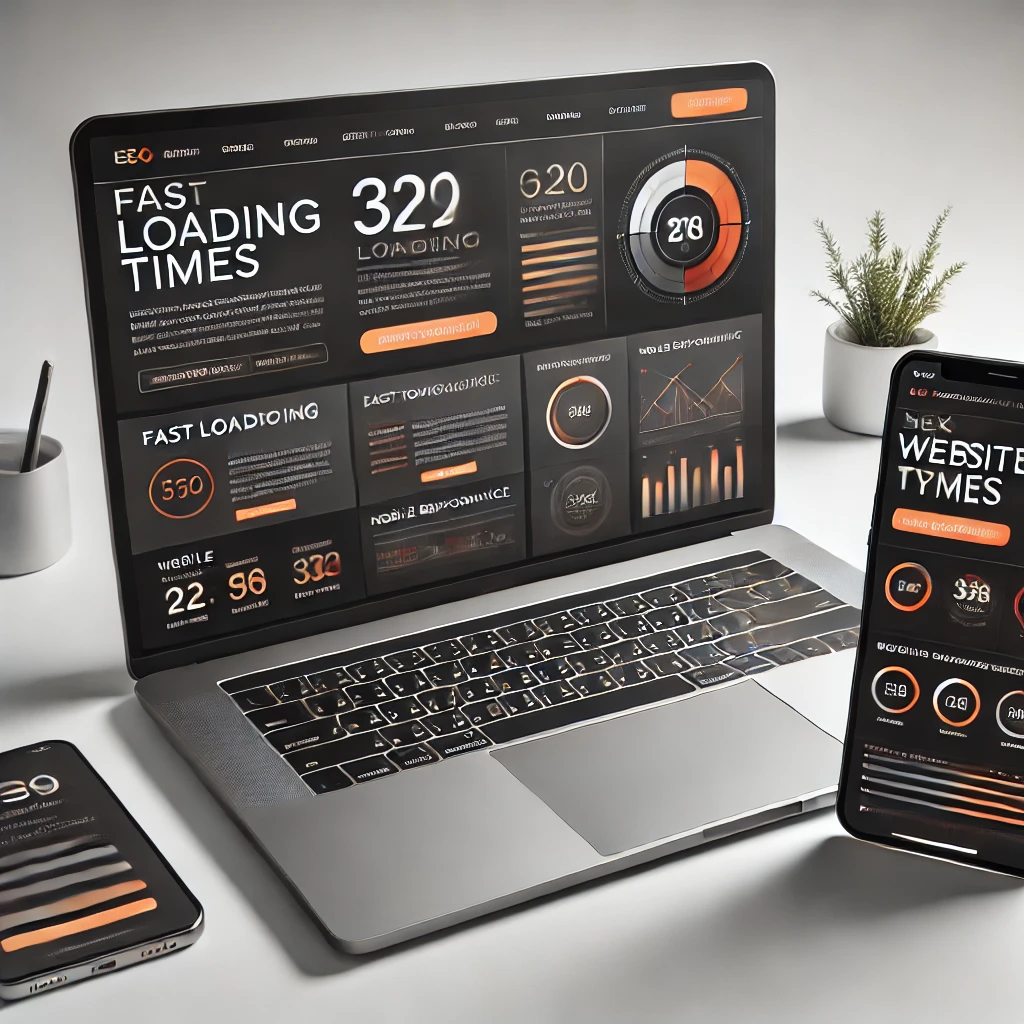Why User Experience (UX) is Critical for SEO and Conversions
By Brendan Byrne Thursday, October 24, 2024

Where attention spans are fleeting, creating a stellar user experience (UX) is paramount. A website that not only attracts visitors but also keeps them engaged can significantly enhance your SEO efforts and drive conversions. This article delves into the intricate relationship between UX and SEO, outlines best practices to improve user engagement, showcases success stories, and highlights tools to measure and optimise user experience—particularly in the mobile layout.
The Crucial Link Between User Experience and SEO Rankings
Search engines like Google are continually refining their algorithms to favour websites that deliver exceptional user experiences. This shift means that UX elements directly influence your site’s ranking on search engine results pages (SERPs). Here are some critical UX factors that play a role in SEO:
- Page Load Speed: A delay of even a second can increase bounce rates significantly. Google research indicates that 32% of users will abandon a site if it takes longer than three seconds to load.
- Mobile Responsiveness: With mobile devices accounting for over half of web traffic, Google prioritises mobile-friendly sites. Websites that are not optimised for mobile can suffer in rankings and lose potential customers.
- Intuitive Navigation: A well-organised site with straightforward navigation allows users to find what they need quickly, enhancing their experience and improving SEO metrics.
- High-Quality Content: Engaging and relevant content not only satisfies users but also improves dwell time, a key metric that search engines consider when ranking sites.
Best Practices for Enhancing UX and Increasing Dwell Time
To create an optimal user experience that positively impacts SEO, implement these best practices:
- Adopt a Clean Design: An uncluttered, visually appealing layout enables users to focus on content. Use white space to guide attention and improve readability.
- Enhance Page Load Speed: Optimise images, reduce server response times, and employ browser caching. Use tools like Google PageSpeed Insights to identify speed issues and resolve them.
- Craft Compelling Content: Develop high-quality, valuable content that resonates with your audience. Incorporate diverse media, such as images and videos, to boost engagement.
- Utilise Clear Calls to Action (CTAs): Strategically placed and clearly defined CTAs encourage users to take action, whether signing up for a newsletter or completing a purchase.
- Implement Internal Linking: By linking to related content within your site, you not only enhance navigation but also keep users on your site longer, reducing bounce rates.
Case Studies: Success Stories of Improved UX and SEO
1. Airbnb
Airbnb recognised the importance of user experience and revamped its website, simplifying the booking process and enhancing site speed. The result was a remarkable 15% increase in bookings, showcasing how UX improvements can drive conversions.
2. Walmart
Walmart identified a poor mobile experience as a barrier to sales. By optimising their mobile site for speed and usability, the company experienced a 20% rise in conversion rates, illustrating the benefits of mobile UX enhancements.
3. Etsy
Etsy focused on refining its search functionality and improving product page layouts based on user feedback. Through A/B testing different designs, Etsy significantly enhanced user engagement, resulting in a 25% increase in search visibility.
Tools for Measuring and Optimising User Experience
To effectively analyse and enhance user experience, consider employing the following tools:
- Heatmaps: Platforms like Microsoft Clarity, Hotjar and Crazy Egg provide heatmaps that visually represent user interactions, revealing where users click and scroll. This data can guide design improvements.
- A/B Testing: Use tools such as Optimizely or Google Optimize to test different versions of your site. A/B testing allows you to determine which designs or content variations lead to better user engagement and conversion rates.
- Google Analytics: This powerful tool provides insights into user behaviour, including bounce rates and session duration. Analysing this data helps pinpoint UX issues and inform optimisations.
- User Feedback Tools: Direct feedback through surveys and forms gives valuable insights into user experiences and preferences, guiding further improvements.
Mobile UX Optimisation Strategies
As mobile usage continues to soar, optimising UX for mobile devices is essential. Here are strategies to enhance mobile user experience:
- Implement Responsive Design: Ensure your website is mobile-friendly and adapts seamlessly to various screen sizes, improving accessibility and user satisfaction.
- Design Touch-Friendly Navigation: Create navigation elements that are easy to tap on mobile devices, with adequately spaced buttons to prevent accidental clicks.
- Prioritise Fast Mobile Load Times: Compress images and minimise redirects to enhance loading speed on mobile. Use Google’s Mobile-Friendly Test to assess your site’s performance.
- Limit Pop-Ups: While pop-ups can be effective for capturing leads, excessive or poorly timed pop-ups can frustrate mobile users. Use them judiciously and ensure they’re easy to dismiss.
- Tailor Mobile-Specific Content: Focus on concise, engaging copy that’s easily digestible on smaller screens. Prioritise information that matters most to mobile users.
User experience is not just an added bonus; it is a critical component of SEO and conversions. By understanding and implementing UX best practices, businesses can enhance their website’s performance in search rankings and improve user satisfaction. The success stories of companies like Airbnb, Walmart, and Etsy demonstrate the tangible benefits of prioritising UX. By leveraging tools for measuring and optimising user experience, and focusing on mobile optimisation, businesses can thrive in today’s competitive digital landscape. Embrace the powerful connection between UX and SEO to drive better results and foster long-lasting customer relationships.
